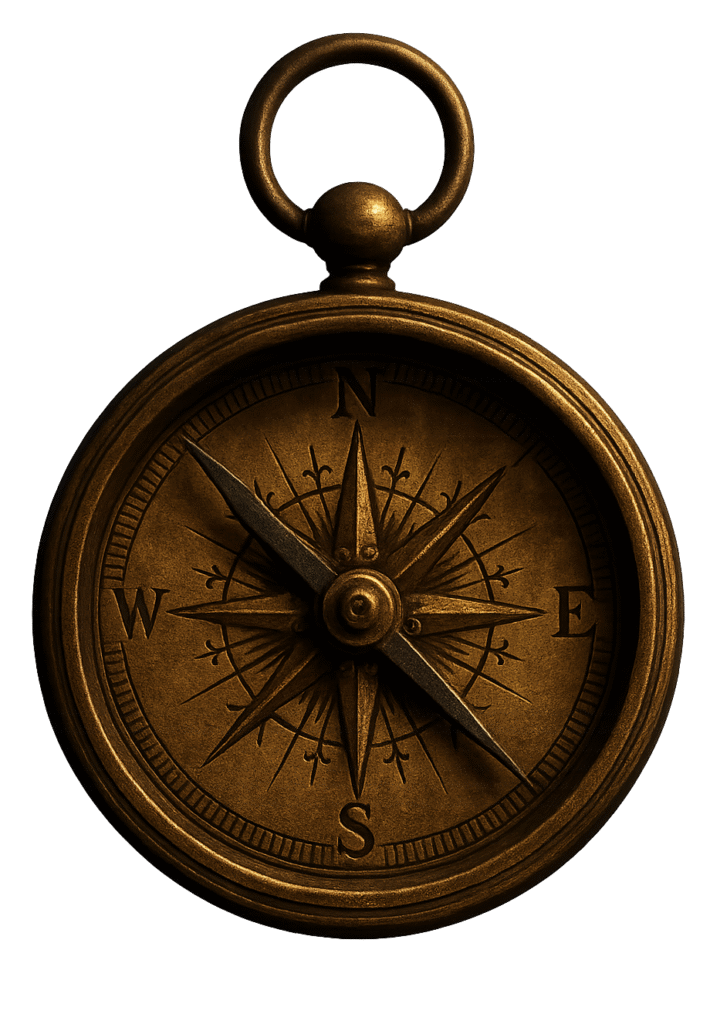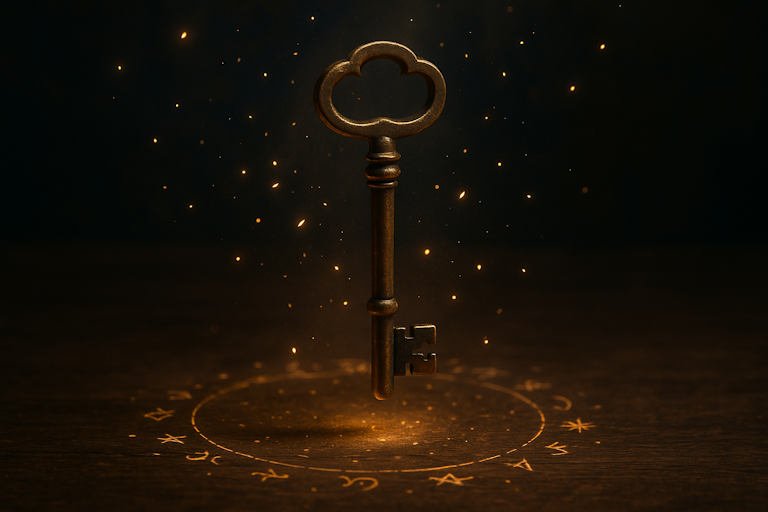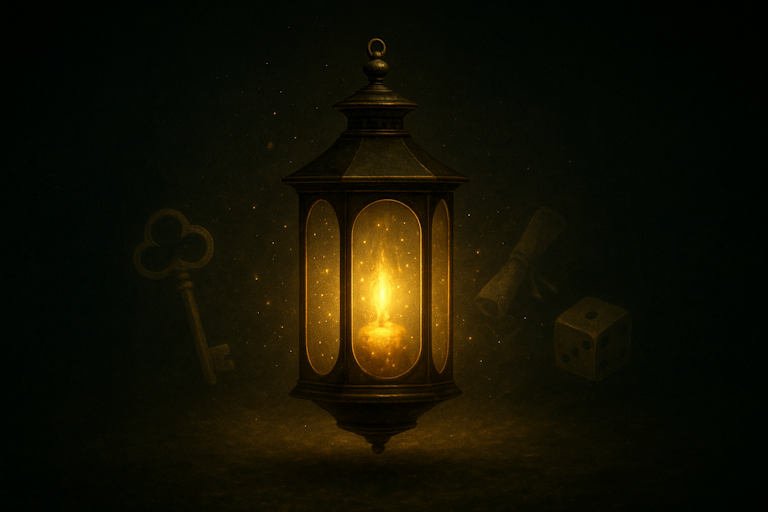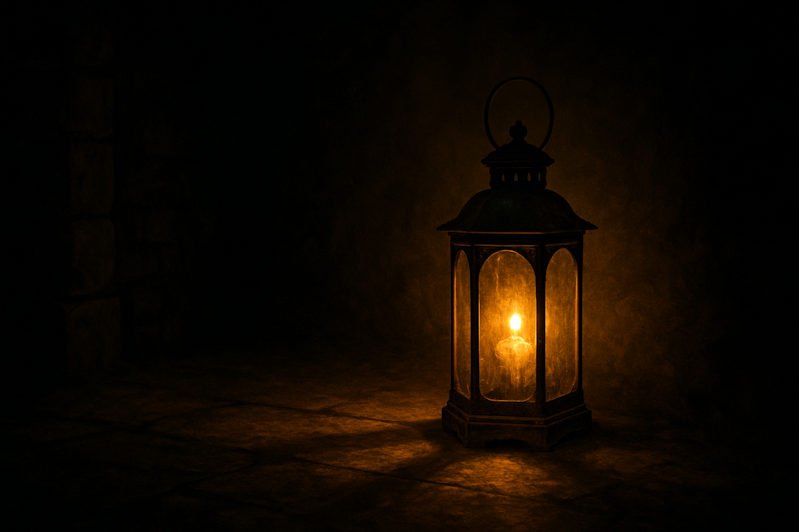
Psychology and myth in games: how archetypes and legends shape unforgettable play (2025)
Stories in games are never just entertainment. They echo deeper patterns — struggles between light and shadow, the call to adventure, the presence of guides and tricksters. These motifs feel timeless because they are. Psychology and myth in games reveal how the same structures that shaped ancient legends continue to shape modern play.
Carl Jung’s theory of archetypes helps explain this connection. Heroes, mentors, shadows, and other figures embody shared aspects of the human psyche. When players encounter them in a game, it feels instantly familiar, even if the setting is new. Myth gives stories resonance, while psychology explains why they matter.
In this article, we explore how psychology and myth in games enrich play experiences. From the roots of archetype to their role in modern design, we’ll see how legends create depth, why players respond so strongly to mythic patterns, and what risks come with borrowing from cultural stories. By the end, you’ll see how myth and psychology make play not just a pastime, but a mirror of the human journey.
The roots of psychology and myth in games
Psychology and myth in games have their foundation in stories far older than any modern design. Myths have always been humanity’s way of explaining the world, encoding lessons in the form of heroes, gods, and monsters. Jung’s psychology of archetypes helped frame these figures not as distant legends, but as reflections of the human psyche — parts of ourselves made visible through story.
At the heart of Jung’s work are patterns like the Hero, the Shadow, the Mentor, and the Trickster. These archetypes appear again and again across cultures because they mirror universal aspects of the human journey: courage, fear, wisdom, and unpredictability. Players encountering these roles in games instinctively recognize them, even without formal knowledge of myth. The familiarity creates immediate engagement.
Legends also shape the structure of narrative. The hero’s journey, a cycle of departure, initiation, and return, maps not only myth but also gameplay itself: leaving safety, facing trials, and returning transformed. When games follow these patterns, they tap into something deeply human — the need to see growth, to test limits, and to make meaning from struggle.
Importantly, archetypes are not static. They shift with culture and context, taking on new forms that reflect modern anxieties and hopes. A digital hero might fight algorithms instead of dragons, but the underlying role remains the same: a figure that faces the unknown on behalf of the player.
The roots of myth and psychology show why these elements endure. They are not decorative; they are structural, woven into the way we think and feel. In games, they provide the skeleton upon which stories and experiences can grow, ensuring that even the most modern play resonates with echoes of the ancient.

Uncover
The Firefly Inn
Behind its lantern light, secrets wait to be revealed. Step closer, and choose your path into the unknown.
How games use myth & archetype
While myths belong to the past, their power is alive in modern play. Designers borrow their language not by copying legends directly, but by weaving archetypal structures into characters, mechanics, and settings. This is where psychology and myth in games becomes tangible — turning symbolic roles into lived experiences for players.
One of the clearest uses is in character design. A mentor figure guiding the player, a shadowy rival embodying inner fears, or a trickster complicating the path — these are archetypes in motion. Their presence resonates because players intuitively understand the role they play in the larger journey.
Narrative structures also reflect myth. Many games echo the hero’s journey, with a call to adventure, trials, allies, ordeals, and transformation. Even without consciously recognizing the cycle, players feel the rhythm. It mirrors the psychological need for progress, closure, and growth.
Beyond story, mechanics themselves can carry archetypal meaning. Struggles between light and darkness, order and chaos, freedom and control often serve as more than gameplay — they symbolize the inner battles of the psyche. In this way, myth is not just theme, but function.
Mythic imagery enriches atmosphere as well. Ruins in mist, sacred symbols, or mysterious thresholds evoke the same wonder as ancient legends. Players do not need explanations; the symbolism itself stirs recognition. This is how psychology and myth build immersion: by appealing to the subconscious as much as the conscious.
At their best, these elements are not clichés but living archetypes, reshaped to reflect modern contexts. A mentor might be flawed, a hero reluctant, a shadow sympathetic. By bending archetypes without breaking them, stories remain fresh while still tapping into their timeless force.
Ultimately, games use myth and psychology not to decorate, but to deepen. They provide resonance, inviting players to step into roles that feel ancient yet immediate. This blending of archetype and interaction is what turns ordinary play into something unforgettable.

Uncover
The Firefly Inn
Behind its lantern light, secrets wait to be revealed. Step closer, and choose your path into the unknown.
Quick insights on mythic psychology in games
The meeting of myth and psychology gives game stories their depth. Instead of being just entertainment, they resonate with patterns players recognize on an instinctive level. These insights highlight how archetypes and legends shape unforgettable play:
- Archetypes create instant recognition. Figures like the Hero, Shadow, or Mentor feel familiar because they mirror inner aspects of the psyche.
- Symbols bypass logic. Images of light, shadow, or thresholds speak directly to emotions, creating immersion without needing explanation.
- Balance prevents cliché. Archetypes work best when adapted — a flawed hero, a compassionate shadow — avoiding flat stereotypes.
- Mechanics can be mythic. Struggles between order and chaos, risk and safety, mirror the same psychological conflicts myths explore.
- Atmosphere matters. Myth comes alive not just in characters but in landscapes, objects, and rituals that carry symbolic weight.
- Myth deepens memory. Stories grounded in archetype linger because they echo universal journeys, making play feel meaningful long after it ends.
Together, these points show how psychology and myth in games function as more than decoration. They shape how stories are felt, remembered, and lived by those who play them.
Legends are not born in distant lands, but in the choices we carry within. Every tale you play is an echo of the oldest myths.

Risks, evolution & modern reinterpretations
Working with psychology and myth in games is powerful, but not without challenges. Archetypes and legends give stories depth, yet they can also slide into cliché or stereotype if used carelessly. A hero that looks too familiar, a villain that repeats the same shadow trope — these patterns risk feeling predictable rather than meaningful.
One risk is cultural sensitivity. Myths belong to specific traditions, and lifting them without respect can reduce sacred symbols to decoration. When designers weave psychology and myth in games, they must balance universal archetypes with cultural nuance, ensuring that stories honor their sources instead of flattening them.
Another issue is over-simplification. Archetypes are not rigid boxes; they are living patterns. A game that treats the Mentor as always wise or the Shadow as purely evil misses the complexity Jung described. The richness of psychology and myth in games lies in their ability to surprise — to reveal new sides of old figures.
At the same time, reinterpretation offers opportunity. Modern design often bends archetypes: the reluctant hero who refuses the call, the shadow who reveals hidden strength, the mentor who falters. These twists refresh the familiar while still drawing on deep psychological resonance.
Evolution also comes through new myth-making. Digital culture has begun to generate its own legends — online quests, shared narratives, and community myths that grow in forums and play spaces. When combined with archetypal psychology, these become the myths of our time, echoing the structure of the past while speaking in a new voice.
Ultimately, the future of psychology and myth in games depends on balance. By respecting tradition while daring to innovate, storytellers can avoid cliché and create experiences that feel timeless and original. Myth and psychology endure because they are flexible; they adapt, transform, and mirror the questions of each generation. Games that honor this balance do more than entertain — they craft new legends, rooted in the old, alive in the now.
Conclusion: why psychology and myth in games still matter
At their heart, games are more than rules and mechanics — they are stories we step into. That is why psychology and myth in games remain such enduring forces. Archetypes and legends resonate because they mirror what we already know deep inside: our fears, our hopes, our longing for meaning.
When storytellers and designers tap into these sources, they invite players into a space that feels both new and timeless. A puzzle becomes a rite of passage, a quest becomes a mirror of the self, and even the smallest challenge echoes the universal dance between light and shadow.
Handled with care, psychology and myth in games do not weigh stories down — they lift them up. They provide depth without losing playfulness, and symbolism without losing accessibility. They remind us that every roll of the dice, every path taken or refused, is part of a larger journey.
And perhaps that is why they endure. Myths adapt, psychology evolves, but together they keep games alive as more than entertainment. They transform them into experiences that stay with us long after the board is cleared or the screen goes dark — echoes of ancient truths disguised as play.

Uncover
The Firefly Inn
Behind its lantern light, secrets wait to be revealed. Step closer, and choose your path into the unknown.




